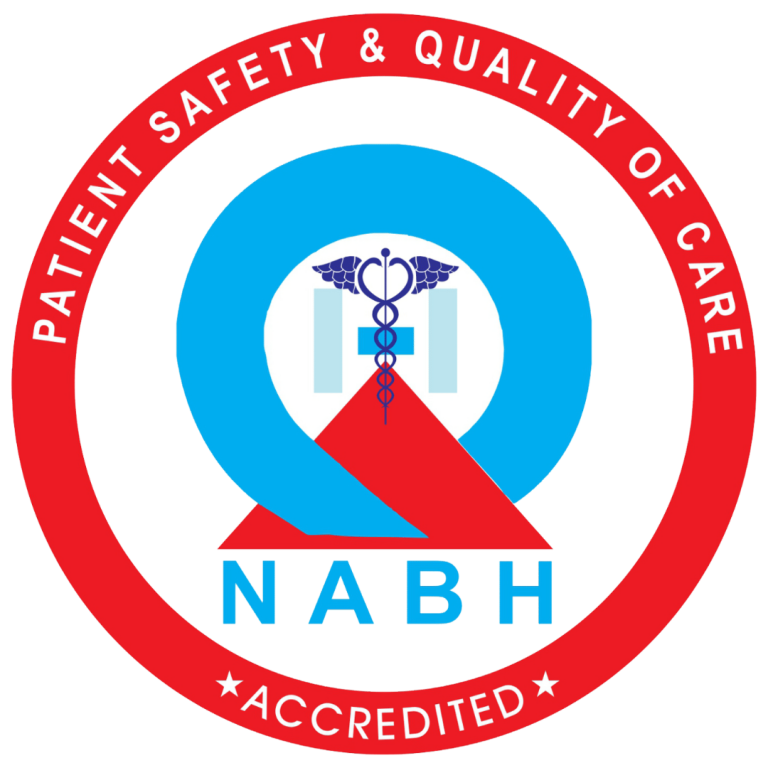The spine truly serves as the body’s foundation — both in structure and function. It supports movement, posture, and nerve communication. When a spine injury occurs, it can drastically impact one’s mobility and quality of life. Recovery from such an injury is rarely instant; it requires patience, medical care, and most importantly, physiotherapy.
Physiotherapy plays a critical role in spine injury rehabilitation, helping patients restore strength, flexibility, and functional movement while reducing pain and preventing future complications. In this article, we’ll explore how physiotherapy supports spinal recovery, what techniques are used, and why it’s an essential step toward regaining independence after a spinal injury.
Understanding Spine Injuries
A spine injury occurs when the spinal cord or surrounding structures like vertebrae, discs, or ligaments are damaged. The injury can be traumatic, caused by accidents or falls, or non-traumatic, resulting from medical conditions such as arthritis, infections, or degenerative diseases.
Depending on the severity, spinal injuries may cause symptoms like:
- Persistent back or neck pain
- Muscle weakness or paralysis
- Numbness or tingling sensations
- Loss of coordination and balance
- Bladder or bowel dysfunction
Recovery can be long and complex — and this is where physiotherapy becomes the backbone of rehabilitation.
Why Physiotherapy Is Essential After a Spine Injury
Physiotherapy is not just about exercise; it’s about restoring life after trauma. It focuses on improving mobility, rebuilding muscle control, and training the body to adapt after injury.
The goals of physiotherapy in spine rehabilitation include:
- Reducing pain and inflammation
- Preventing stiffness and muscle wasting
- Improving posture and spinal alignment
- Enhancing mobility and flexibility
- Helping patients return to daily activities safely
Without physiotherapy, patients are at risk of muscle weakness, joint stiffness, and secondary complications like pressure sores or chronic pain.
Physiotherapy Techniques Used in Spine Injury Recovery
Modern physiotherapy offers a variety of evidence-based techniques to speed up recovery and strengthen the spine. Some of the most effective ones include:
Manual Therapy
Hands-on techniques such as joint mobilization and soft tissue manipulation help improve flexibility, reduce muscle tension, and restore proper spinal alignment.
Exercise Therapy
Customized exercise plans are at the heart of spine rehabilitation. They include strengthening, stretching, and stability exercises that target the core muscles supporting the spine.
Hydrotherapy
Exercises performed in warm water provide gentle resistance and relieve joint stress. Hydrotherapy is especially beneficial for patients with limited mobility or severe pain.
Electrotherapy
Techniques like TENS (Transcutaneous Electrical Nerve Stimulation) or ultrasound therapy are used to reduce pain, inflammation, and muscle spasms during the healing process.
Posture and Ergonomic Training
Poor posture is often both a cause and result of spinal injury. Physiotherapists teach correct posture techniques and ergonomic habits to prevent further strain on the back and neck.
Gait and Balance Training
For patients who have lost balance or walking ability, gait training helps retrain the nervous system and muscles. This improves coordination, stability, and confidence while walking.
Stages of Back Injury Rehabilitation
Physiotherapy for spinal injuries typically progresses through three main stages — acute, subacute, and long-term recovery.
- Acute Phase (Initial Recovery Stage)
This stage begins immediately after medical stabilization. The physiotherapist’s focus is on pain control and gentle mobilization. Passive movements, breathing exercises, and gradual positioning help prevent stiffness and maintain circulation.
The therapist also educates patients and caregivers on safe movement techniques to avoid further injury.
- Subacute Phase (Functional Restoration)
Once pain and swelling are managed, the focus shifts to strengthening and flexibility. Core-strengthening exercises, gentle stretching, and postural training help rebuild muscle control and support the spine.
Therapists may use techniques like electrotherapy, ultrasound, or hydrotherapy to relieve pain and promote tissue healing.
- Long-Term Rehabilitation (Functional Independence)
In the final stage, physiotherapy becomes more goal-oriented, focusing on restoring independence. Activities such as walking training, balance exercises, and coordination drills help patients return to their daily routines.
Adaptive devices, like braces or mobility aids, may be introduced to enhance confidence and safety during movement.
The Role of Physiotherapists in Emotional and Mental Recovery
A spine injury doesn’t just affect the body — it also impacts the mind. The fear of losing mobility or independence can cause anxiety and depression. Physiotherapists play a crucial role in motivating patients, setting achievable goals, and providing emotional support throughout recovery.
Regular sessions with a compassionate therapist help build confidence and foster a positive outlook. Over time, patients begin to regain trust in their bodies and rediscover their sense of independence.
Preventing Secondary Complications Through Physiotherapy
Spine injury patients are prone to secondary complications such as muscle stiffness, contractures, respiratory problems, and poor circulation due to prolonged immobility.
Physiotherapy helps prevent these issues by:
- Promoting blood flow through gentle exercises
- Encouraging regular movement and stretching
- Teaching breathing exercises for lung expansion
- Maintaining joint mobility and flexibility
This proactive approach ensures the body stays active and adaptable, even during long recovery phases.
Rehabilitation at Specialized Spine Care Centers
Choosing a specialized physiotherapy or spine rehabilitation center can make a major difference in recovery speed and quality. These centers have advanced equipment, multidisciplinary teams, and personalized programs designed for each patient’s needs.
Under expert supervision, patients benefit from:
- Tailored exercise routines
- Ongoing assessment and progress tracking
- Pain management therapies
- Counseling and lifestyle modification advice
Such a holistic approach ensures both physical and psychological recovery, leading to long-term improvement in health and mobility.
Tips for a Successful Recovery Journey
Recovering from a spine injury takes time, patience, and consistency. Here are some essential tips:
- Follow your physiotherapist’s plan diligently.
- Avoid prolonged rest — gentle movement aids recovery.
- Stay motivated and track your progress weekly.
- Maintain a healthy diet rich in calcium and protein for bone and muscle repair.
- Use proper posture when sitting, standing, or lifting objects.
Your commitment to therapy plays as big a role as the treatment itself
Conclusion
Spine injury rehabilitation is a challenging journey — but with the right approach, recovery is possible. Physiotherapy acts as the cornerstone of that process, helping patients rebuild strength, restore mobility, and regain independence.
Through a combination of manual therapy, exercises, posture training, and emotional support, physiotherapists guide patients every step of the way. Early and consistent physiotherapy not only speeds up healing but also prevents future spinal complications.
So, if you or someone you know is recovering from a spinal injury, remember: the road to recovery begins with movement — and physiotherapy is the key that unlocks it.
Book an Appointment







